Study provides roadmap for the shrimp farming industry to restore mangrove habitat
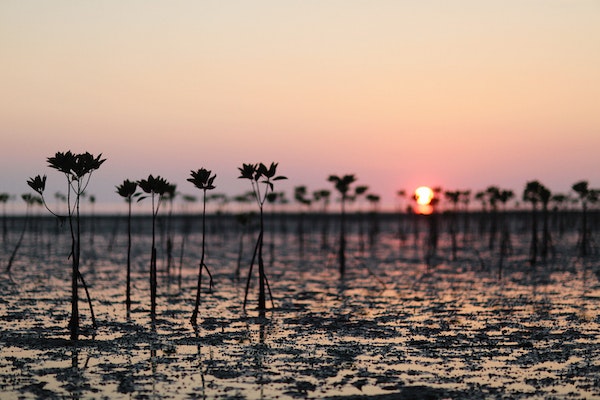
A new study by Sustainable Fisheries Partnership (SFP) indicates that shrimp farming can be a driver for mangrove protection and restoration, and in turn, help mitigate climate change and protect coastal communities and wildlife. The study provides a roadmap for the shrimp farming industry to restore mangrove habitat and return the full range of ecosystem services they provide.
“The farmed shrimp industry can be leaders in the regeneration of critical and endangered mangrove habitat,” said William Davies, chair of SFP’s Farmed Shrimp Supply Chain Roundtable. “Acting now will allow businesses to meet their sustainability commitments, support countries to meet their climate goals, and increase the resilience of coastal communities.”
Mangroves provide a wealth of ecosystem services, including habitat for marine and migratory species, physically protecting coastal communities, intercepting pollutants and capturing carbon. Mangroves sequester carbon at up to four times the rate of terrestrial forest, making them vital to tackling climate change and lowering carbon emissions. It is estimated that mangroves protect 18 million people and are worth $120 billion (U.S.) per year for their contribution to coastal defense, fisheries, forestry and recreation.
“The farmed shrimp industry has a huge opportunity to bring back lost mangrove habitat,” said Paul Bulcock, lead researcher and aquaculture information manager at SFP. “Shrimp farming can simultaneously improve its environmental reputation and tackle climate change by restoring abandoned ponds and by adopting shrimp farming practices that aim to operate in harmony with mangroves. To be impactful, mangrove restoration efforts must operate at landscape-scale across whole areas.”
The study found that shrimp buyers and supply chain companies can deliver on Environmental, Social, and Governance (ESG) commitments by driving restoration activities across whole landscapes and ecosystems to maximize impact and reduce fragmentation by linking patches of mangroves with each other. Certification schemes alone cannot meet this goal because they focus on the farm level. However, by involving farmers, suppliers and stakeholders within a defined area, multiple farms – including small-scale producers – can meet and exceed habitat conservation and restoration criteria of major certification schemes.
In collaboration with Longline Environment, SFP is developing a new map-based tool that identifies active and abandoned farming ponds within and adjacent to mangrove habitats in India, Vietnam, Indonesia and Thailand. The tool allows companies that buy shrimp to identify opportunities within their supply chains to support restoration projects or aquaculture improvement projects.
The study also includes recommendations and actions for policymakers and resource managers, certification agencies and the GSSI benchmarking tool, researchers and NGOs.
Follow the Advocate on Twitter @GSA_Advocate
Now that you've reached the end of the article ...
… please consider supporting GSA’s mission to advance responsible seafood practices through education, advocacy and third-party assurances. The Advocate aims to document the evolution of responsible seafood practices and share the expansive knowledge of our vast network of contributors.
By becoming a Global Seafood Alliance member, you’re ensuring that all of the pre-competitive work we do through member benefits, resources and events can continue. Individual membership costs just $50 a year.
Not a GSA member? Join us.
Author
Tagged With
Related Posts
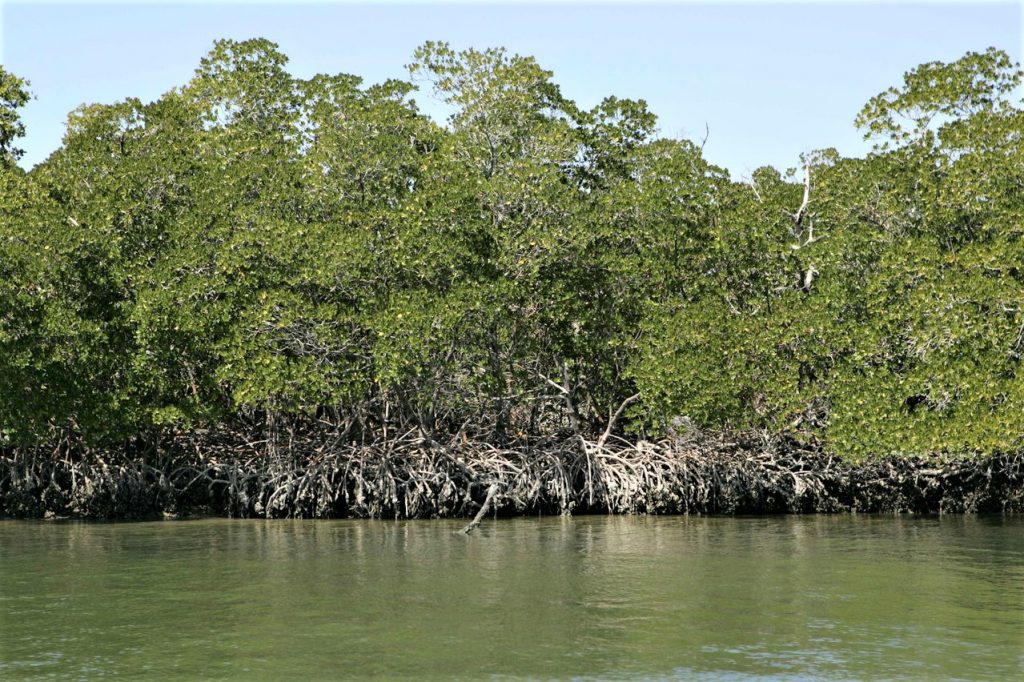
Responsibility
Assessment of restored mangrove forests in abandoned aquaculture ponds in Perancak, Indonesia
Restored mangroves had significantly higher plant litterfall production than intact mangroves, but no significant difference in leaf litter decomposition.
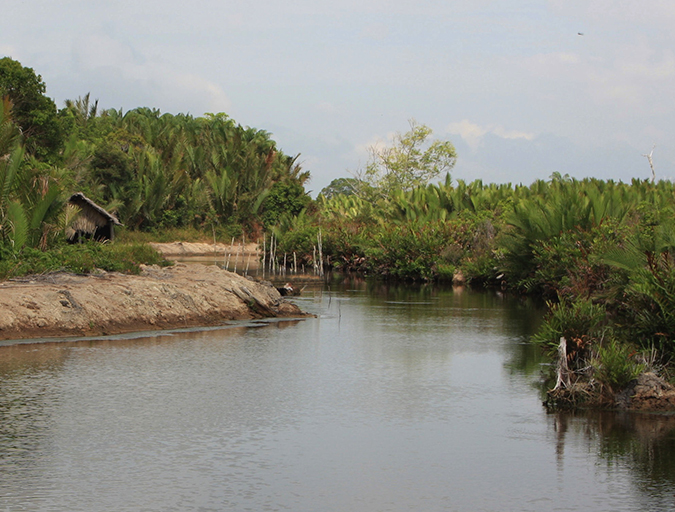
Intelligence
From forest to plate, a shrimp redefining ‘farmed’
The explosive growth of shrimp farming has long been associated with mangrove deforestation in Southeast Asia. A silvofishery method of producing the popular seafood is protecting the fragile ecosystems in Vietnam. A hungry marketplace is reaping the rewards.
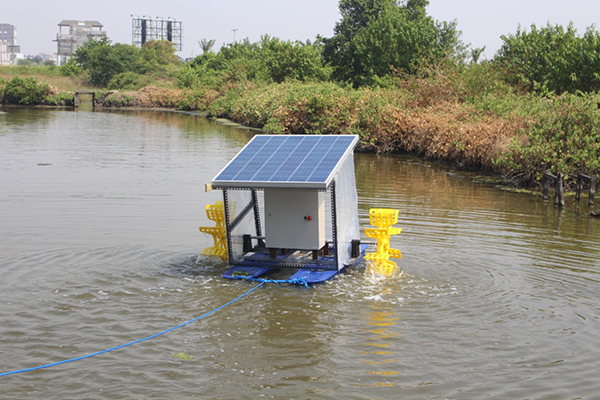
Innovation & Investment
Automatic solar-powered aerator designed to advance shrimp farming in Indonesia
Researchers at Institut Teknologi Sepuluh Nopember have developed an automatic, solar-powered aerator for shrimp ponds in remote areas of Indonesia.
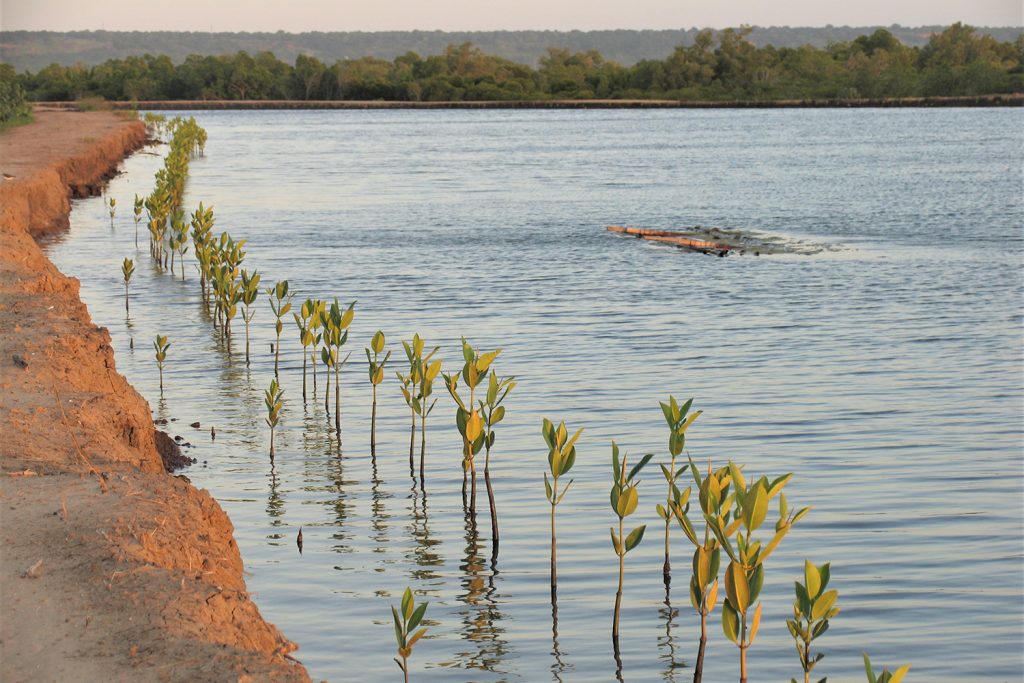
Responsibility
Pathogen filtration is an untapped coastal ecosystem service
Healthy coastal ecosystems are key for pathogen filtration, conservation efforts of threatened host populations and mitigation of disease outbreaks.



